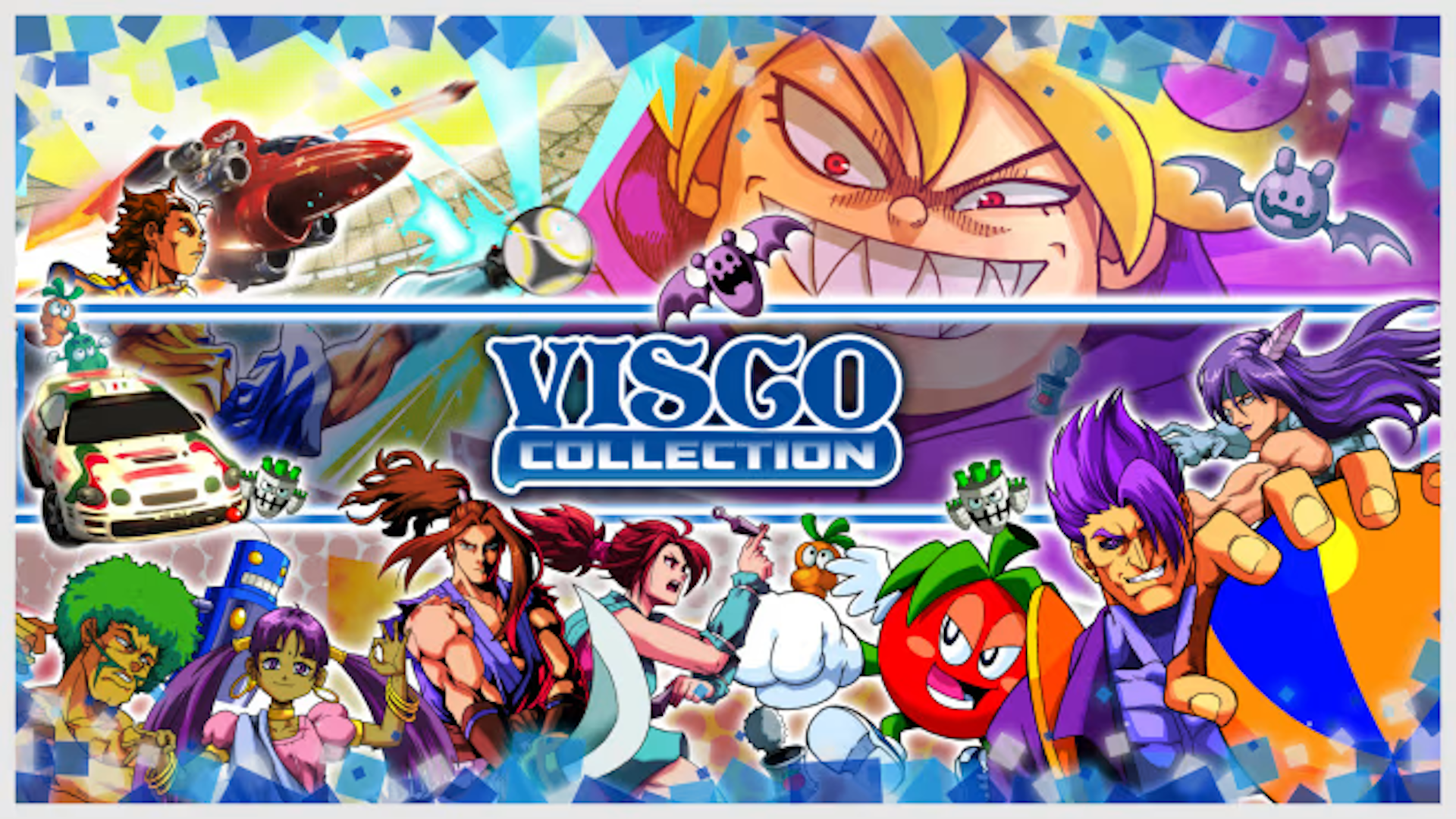| Developer: | QUByte Interactive |
| Publisher: | QUByte Interactive, PixelHeart |
| Genre: | Arcade Retro |
| Release Date: | October 26, 2023 |
| Platforms: | PC PlayStation 5, Nintendo Switch, Xbox One, PlayStation 4, Xbox Series X and Series S |
| Price: | $19.99 USD |
| Where to Buy: | Steam PlayStation Store Nintendo eShop Xbox Marketplace |
VISCO Collection is a collection that was developed by QUByte Interactive and published by QUByte Interactive along with Pixelheart. The collection includes seven games that were developed by VISCO. I was really excited to cover the collection as most of the games were released for NEO GEO, and NEO GEO is one of those systems that I never got a chance to experience. So before we go into our review, I do want to take the time to thank QUByte Interactive and PixelHeart for providing us here at the Daily Gamepad with a free copy of the VISCO Collection for Steam to cover on the website.
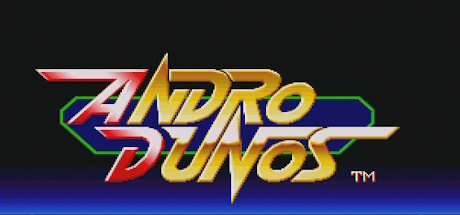
| Andros Dunos |
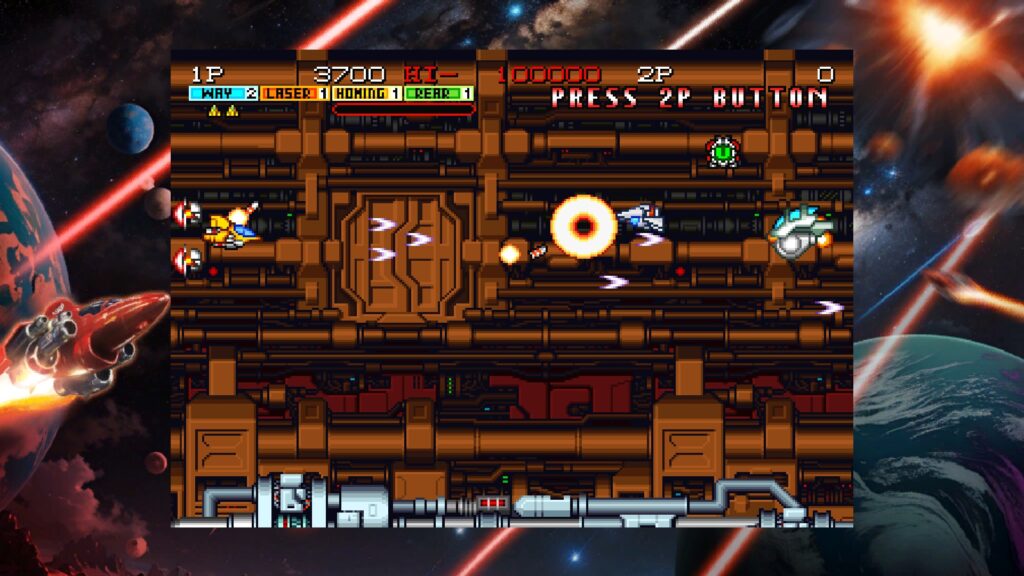
Released in 1992 Andro Dunos is a horizontal scrolling shoot-em-up game with a space theme, similar to the Thunder Force series. Players control the Yellow Cherry (P1) and Red Fox (P2) and are given an armory of four distinct weapons to begin with, which they may switch between on the fly by hitting the B button, and be powered up independently up to four levels. Pressing A shoots the currently equipped weapon, while holding down the button charges it to discharge a devastating blast; however, doing so reduces the weapon’s potency by one level.’The controls take some time to get used to, and I do feel that it would be better played with a fighter stick or arcade stick than the controller, only because the controls can be confusing at times.
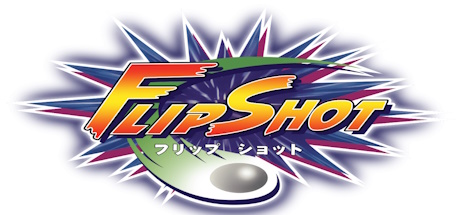
| Battle FlipShot |
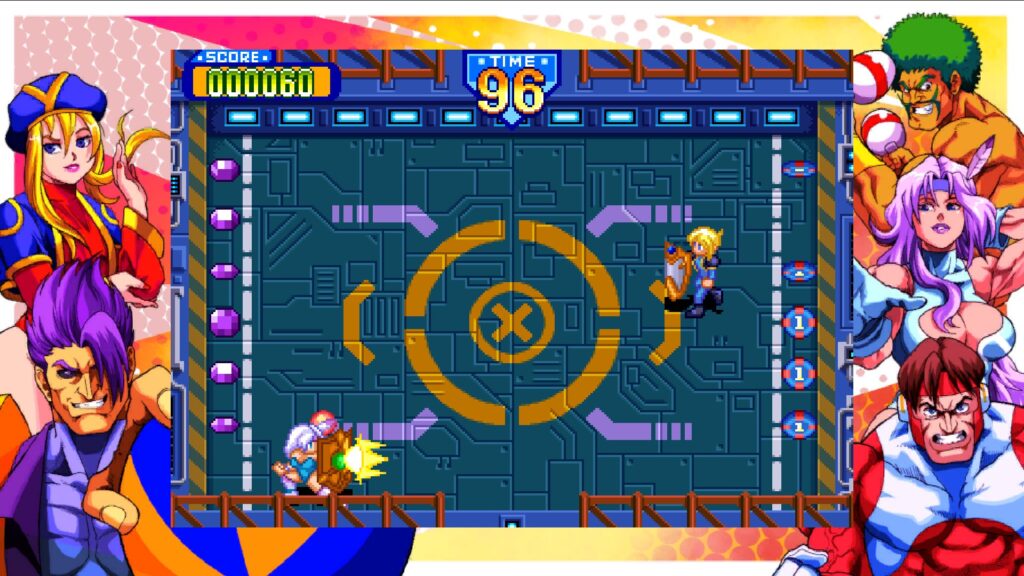
Released in 1998 for arcades, Flipshot is the predecessor to Bang Bead, and now looking at the names, I don’t see why they just wouldn’t call it FlipShot 2 because Bang Bead is way off for a name, in my opinion. Battle Flip Shot is a modern spin on the classic Pong game, with each player controlling a figure that works as a paddle and can move around the screen arena on its corresponding half. There are many targets in each corner of the arena and behind the players, with the main goal of the game being to bounce a ball back into the opponent’s field in order to hit its objectives. Once you have cleared all of the targets, you are able to score on your opponent. One score ends the round. Between Flipshot and Bang Bead, I prefer FlipShot better than Bang Bead because it is a lot simpler to play.
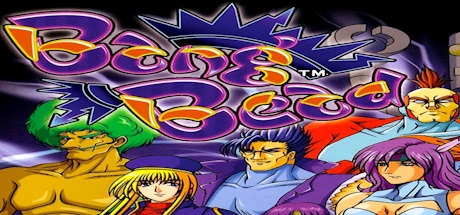
| Bang Bead |
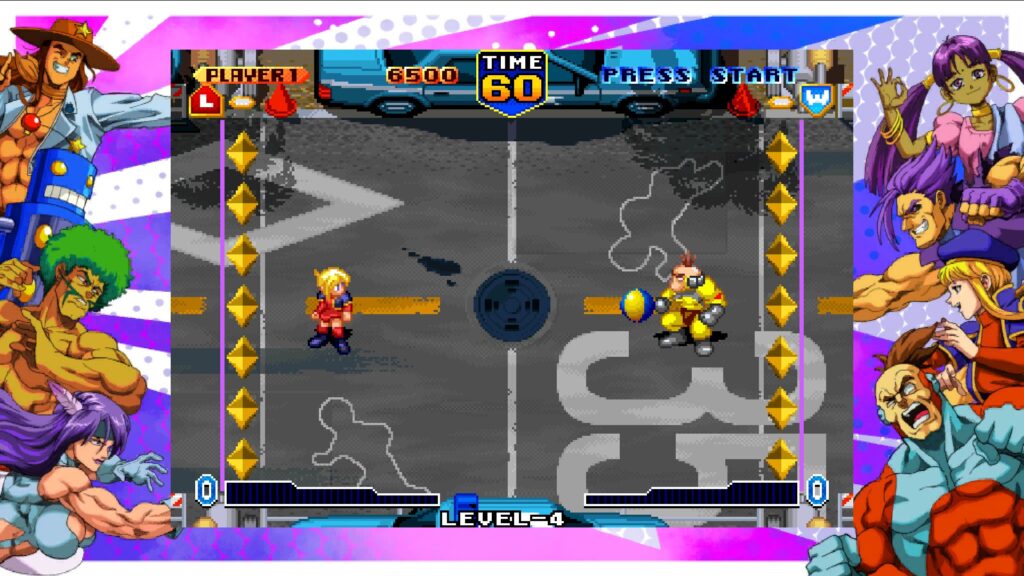
Released in 2000, Bang Bead is similar to its predecessor, but with a few differences. Because players no longer carry shields, bouncing the ball is now done manually by hitting the A button while contacting the ball. Similarly to before, players must hit all targets on the other side, but this time they must additionally hit the opposite wall once all targets have been destroyed.
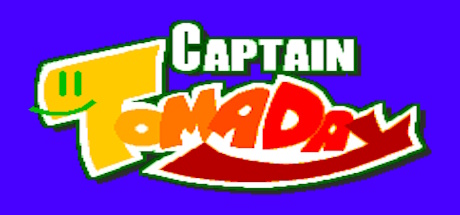
| Captain Tomaday |
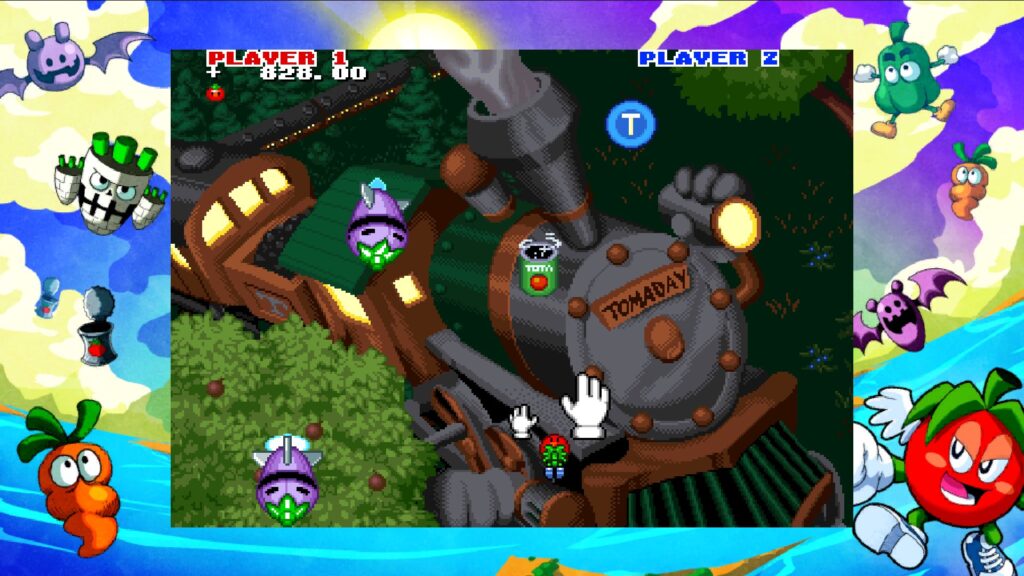
Released in 1999, Captain Tomaday is a vertical scrolling shump in which players take on the role of a radioactive tomato. Unlike other shooters, the player does not fire bullets. The A and B buttons, on the other hand, control each of Tomaday’s floating fists, which are hurled at foes and immediately return after hitting a target or reaching a specific range. Holding one of the buttons causes the associated fist to be launched continually, while the other fist builds power, expanding in size until it becomes a 16-ton weight that deals tremendous damage when launched.
Throughout the levels, the player encounters floating tomato cans that drop objects when hit, including bonus items and power-ups. One of the power-ups will spawn a clone that will follow the player, substantially increasing its firepower. If the player has numerous clones, the C button can be used to select their formation. Another power-up will change the player’s form, with 16 various forms accessible, each with its own unique attack method. Out of all the games in the collection, Captain Tomaday was one of my favorites.
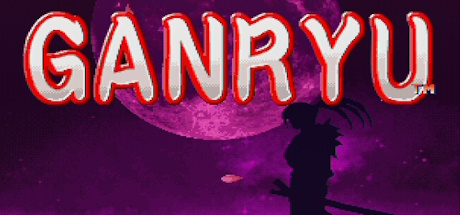
| Ganryu |
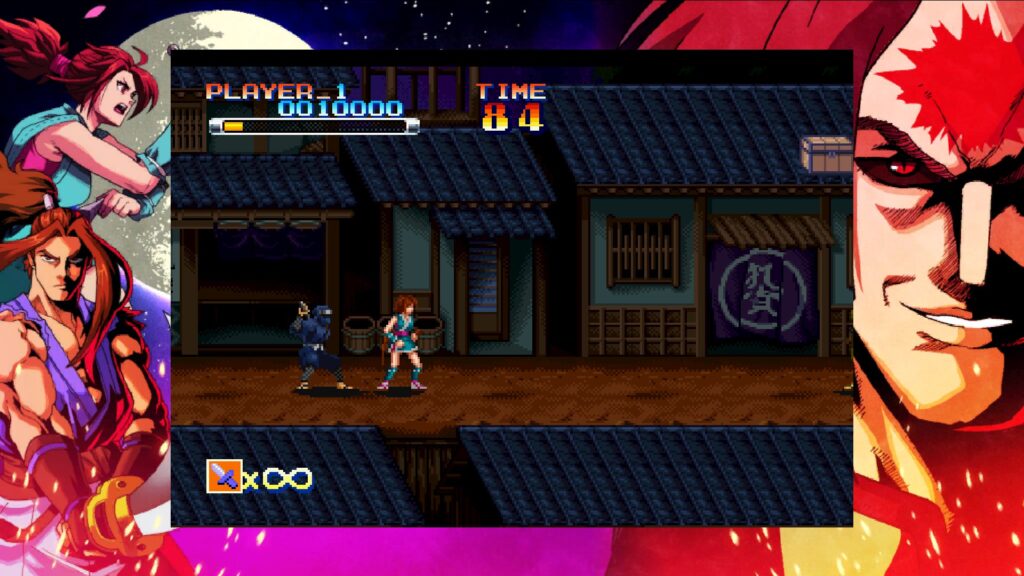
Released in 1999, Ganryu is an action platformer in which players employ a melee sword attack and a grappling hook to climb high platforms and attack adversaries from a distance. Players can pick between Musashi and Suzume, with Musashi being the stronger of the two. When I played, I decided to play as Suzume because I like a good challenge. Not gonna lie, but like many of the games in this collection, it is quite a difficult game, so if you like hard games, I recommend giving this one a go.
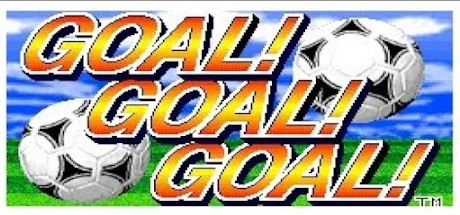
| Goal! Goal! Goal! |
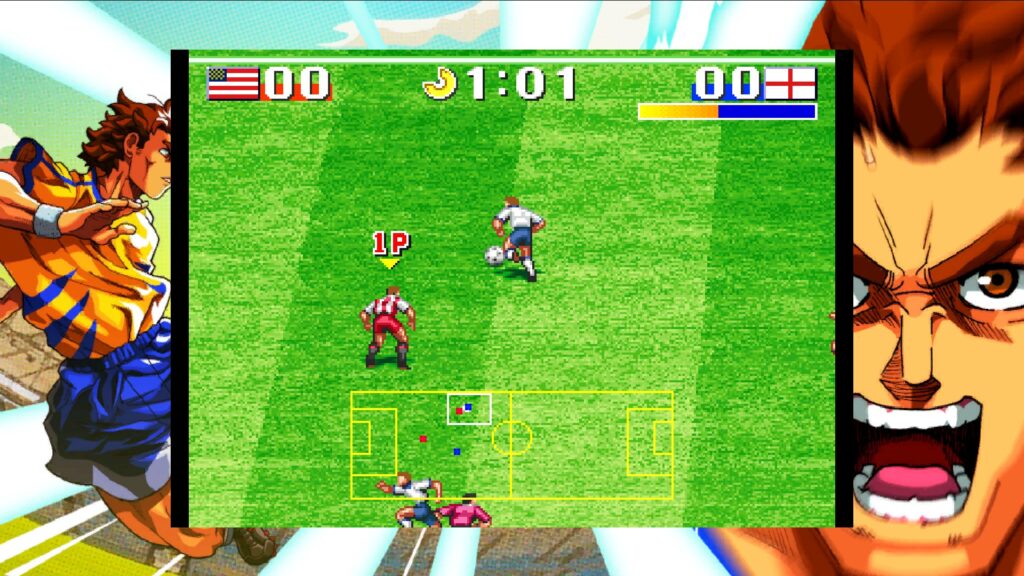
Released in 1995, Goal! Goal! Goal! is an arcade football game that uses a World Cup format with three group-stage matches and four elimination matches. Contrary to the formal rules of the sport, each match lasts two minutes, with the clock stopping when the ball is not in play. When the clock approaches zero, there will be 12 seconds of injury time displayed on the screen.
Players can choose from 28 different countries, each with its own shooting, defensive, and speed metrics, as well as six distinct team formations.
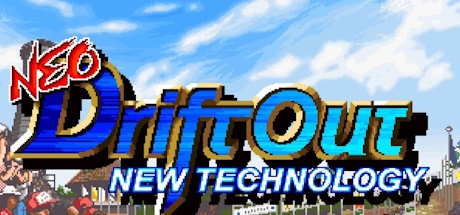
| Neo DriftOut New Technology |
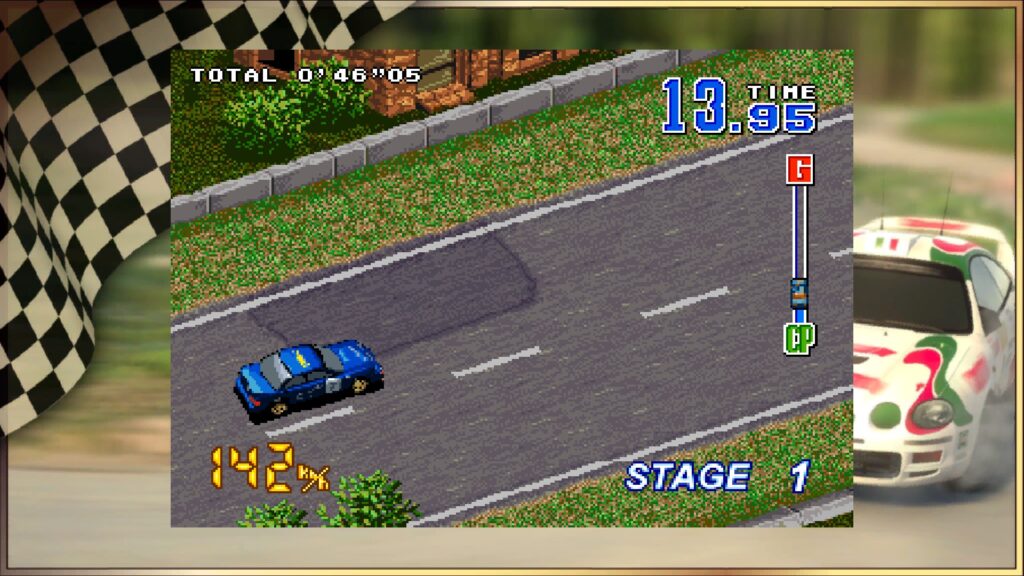
Released in 1996, Neo Drift Out has an isometric view and simple controls: A is used to accelerate and B is used to brake, while moving the joystick left or right spins the car. Unlike other racing games, the goal here is to complete each race before the timer expires, regardless of your position. Failure to complete the race in the allotted time results in an instant gameover.
During the races, the player must be aware of hazards such as puddles and rocks on the track, which might impede the player and cause them to lose valuable time. When the player approaches a curve or a huge barrier, a warning sign appears on the screen, pointing the player in the right direction, with the game’s narrator shouting in the same direction. The tracks also feature a few shortcuts that are highlighted, as well as checkpoints halfway through that offer the player more time.
The player can select from three distinct cars: the Toyota Celica, the Subaru Impreza, and the Mitsubishi Lancer, each with its own set of stats for speed, control, and body. Following a brief practice stage, the player must race through six distinct tracks in the following order: European Stage, African Stage, Snow Land Stage, Southern Hemisphere Stage, Scandinavian Stage, and Great Britain Stage
Overall, I did find the games very difficult, with the exception of Captain Tomaday. The controls were a little hard to get along with. And I can’t help but wonder if the games would be a lot easier to play if you were playing with a fighter stick or arcade stick controller as opposed to a regular controller. I did like that each of the games came with a short manual, which basically tells you when the game was first released and how it was rereleased in 2023. The manual also tells you a little about the game and, of course, how to play it, and that is all. The game does offer you the option to play online, but I didn’t get a chance to try out the online services.
If you are a retro game collector or enjoy playing really tough and retro games, then I highly recommend picking up this collection. You can get the Visco Collection on PC via Steam, PlayStation 5 and PlayStation 4 via the PlayStation Store, Nintendo Switch via the Nintendo eShop, Xbox One, Xbox Series X, and Xbox Series S via the Xbox Marketplace for $19.99 USD.
